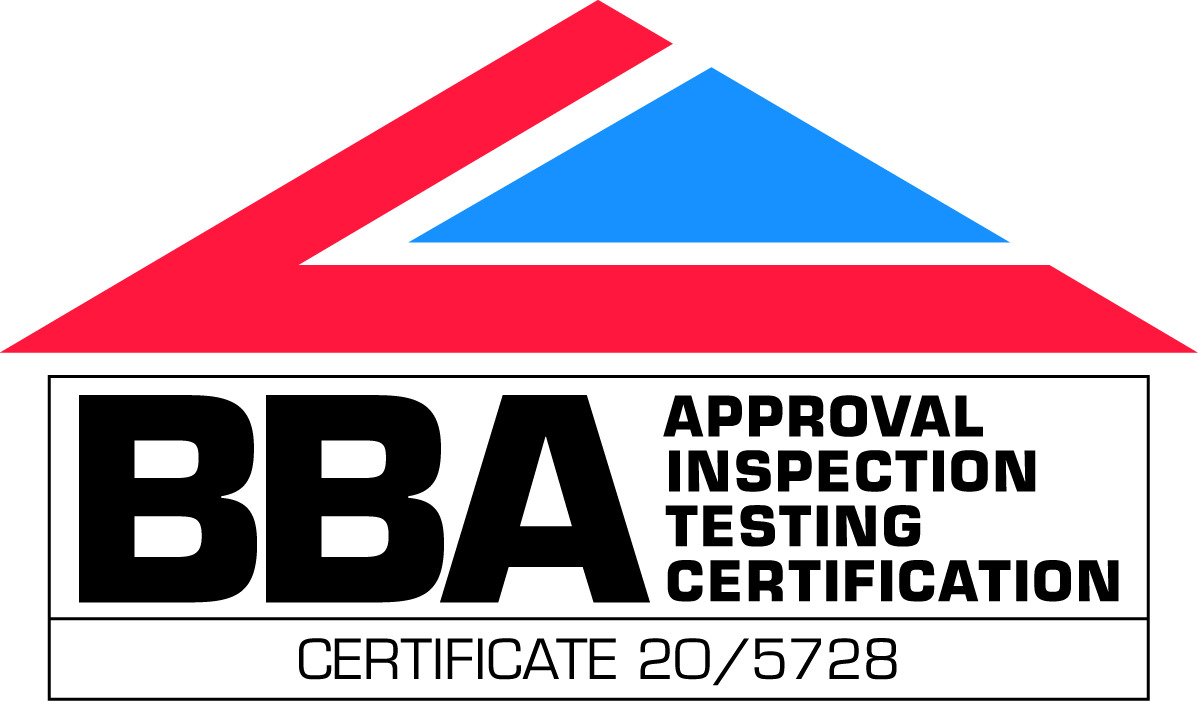Decontaminating brownfield assets: developing for the future
With the ever-increasing demand for new houses and the ever-decreasing availability of suitable greenbelt land, developers are looking to reclaim previous use land. With Chancellor, and JUTA UK fan Rishi Sunak announcing a £1.9bn to help unlock brownfield development, it’s an exciting time for industry. While this leads to an increase in competition for the sourcing and use of brownfield sites which are popular candidates for land development, they can present challenges in the form of ground pollutants, particularly in a densely populated country like the UK – especially given our industrial heritage.
These potentially aggressive ground conditions present issues with durability of ‘standard’ construction materials used in the built environment, which are more often than not only tested and proven to survive favourable and/or known ground conditions. As our understanding of material science increases, so does our knowledge of the long-term effects on human health from exposure to contaminants. These contaminants can be carcinogenic; therefore it becomes more important to future proof our developments so we can protect workers and, ultimately, residents who might end up living on these sites, whilst also taking account of emerging contaminants of concern.
Developing a long-lasting solution – Recognition of innovation
Over the last few years, a good deal of work and research has gone into the development of multi-layer thermoplastic membranes that are resistant to ground gases and volatile organic compounds (VOC). Materials such as GP® TITANTECH membranes utilised on potentially contaminated brownfield land can provide a barrier to prevent migration of harmful contaminants and ground gases into the habitable areas. These membranes, which need to be chemically resistant to other chemicals that they are likely to come into contact with, must be robust enough to make them sufficiently durable so that they are not damaged during installation or in service. As a result of these considerations, guidance for the provision of suitable materials is constantly evolving as our understanding changes, and unsuitable practices and materials have been seen to fail. As we look towards the future, JUTA UK is testing barrier materials for their resistance to a range of hydrocarbon and PFAS contamination to prevent any long term issues which may not have been addressed using current guidance.
The ‘copy and paste’ problem
As an industry we tend to lean on previous project knowledge during the design process; ‘It worked last time, we’ll use that again’, ‘we’ve never been asked that before’, and ‘It’s never really been an issue’. This leads to a ‘copy and paste’ culture from previous specifications, which can be the cause of considerable issues further down the line. Therefore, we must always seek to continue our education of current practices and common issues that the industry faces going into the future to achieve long term sustainable goals. It’s time to Level up.



